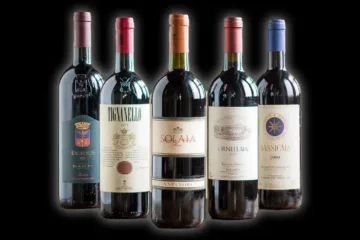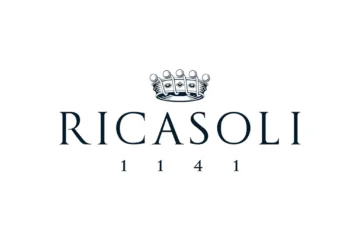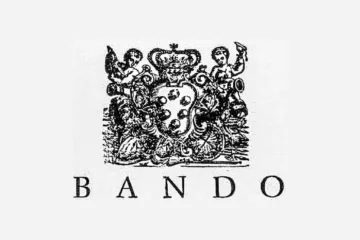
‘Methode traditionnelle’ is a French term that can be literally translated as ‘Traditional Method’ in English. A ‘Traditional Method’ sparkling wine can also be referred to as ‘Methode Champenoise’ (= a method from the Champagne region) because this method is emblematic of Champagne wine production.
In this method, there are two distinct and separated alcoholic fermentations (the process of turning the sugar of the grape into alcohol and CO2). The first fermentation often happens in a large vat or a large oak barrel. But, the second fermentation (also called ‘prise de mousse’) must absolutely happen in the same bottle in which the wine is later sold (the only exception being large-sized bottles, which are too complicated to handle and riddle). This is the reason why we can sometimes find the mention “fermented in this bottle” on some sparkling wine labels.
The first fermentation
The first fermentation, sometimes also called ‘primary fermentation’, often happens in stainless steel vats because they enable a constant and precise control of the temperature, usually between 14–20°C (57–68°F). This low temperature allows for the retention of fruit flavors typical of the grape variety without being too cold for the yeast (which would stop the fermentation process). This is very important because the yeasts (the natural agent responsible for turning sugar into alcohol and CO2) are already in a stressful environment because of the high level of acidity (low pH) in the base wine, typical of traditional method sparkling wines.
However, it has to be noted that some producers use large oak barrels for the first fermentation because they can provide a better texture to the finished wine. The downside is that the temperature is less easily manageable in large oak barrels.
The Second Fermentation
As already mentioned, in a traditional method, the second fermentation must happen in the same bottle in which the wine will be later sold. The only exception is large-format bottles that are too heavy and complicated to handle during the riddling or disgorgement process. Consequently, for these large bottles, the second fermentation happens in regular (75cl) smaller-sized bottles, which are transferred into larger bottle formats after disgorgement (click here to learn more about the ‘Transfer method’).
For this second fermentation, the base wine (obtained after the first fermentation) is transferred into bottles together with a mixture composed of wine and/or must, sugar, cultured yeasts, yeast nutrients and a clarifying agent. The exact content of the mixture (known as ‘liqueur de tirage’) is a secret that belongs to every producer. It changes from producer to producer, from vintage to vintage, and even from cuvée to cuvée. This is part of what adds to the charm, typicity and personality of each sparkling wine.
The amount of sugar added in this mixture determines the degree of effervescence in the finished wine but is not linked to the level of residual sugar in the customer’s glass (the residual sugar is determined by the liqueur added after disgorgement called ‘Liqueur d’Expedition’).
As the CO2 created by this second fermentation is not able to escape from the bottle, it integrates into the wine to give it the famous bubbles. This is why this process is often called ‘prise de mousse’ in French, literally meaning ‘capturing the sparkle’.
This is the reason why, wines made according to the ‘traditional method’ are sold in heavy and thick bottles. Indeed, they need to be able to withstand a high level of inside pressure without exploding (the pressure inside the bottle can be superior to 6 ATM, so always be careful while opening them).

The importance of the yeasts
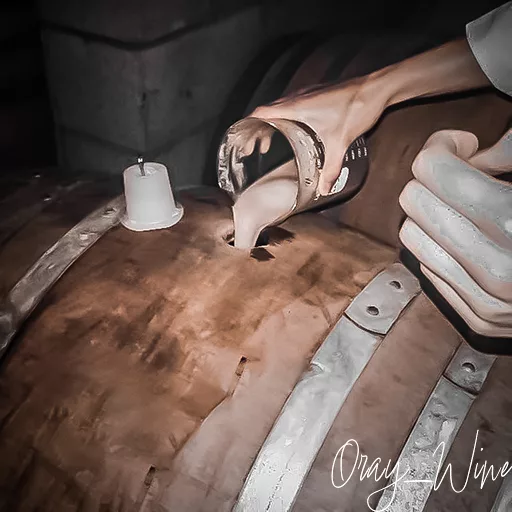
Both during the first and second fermentations, the quality of the yeast ‘inoculated’ into the wine is crucial.
In the first fermentation, the yeast needs to be able to ferment the base reliably in a highly acidic environment and at a low temperature. Yeasts should either be neutral (in autolytic sparkling wines) or underline the fruity profile of the grape variety (especially for aromatic grape varieties).
In the second fermentation, the quality of the yeast is absolutely central because it needs to be able to start the fermentation inside an already alcoholic wine (usually between 9.5% and 11% ABV). It also needs to be able to ferment at a low temperature in a high-pressure environment (remember that it happens inside a glass bottle from which CO2 cannot escape). It also needs to flocculate easily (click here to read more about flocculation), which will make the riddling process easier.

‘Sur lattes’ aging
After addition of the ‘liqueur de tirage’ and inoculation with a given yeast, the wine is sealed in a bottle with a crown cap (that will be removed at riddling). Then, the bottles are stored horizontally (‘sur lattes’ in French) at a constant temperature (usually between 10 and 12°C) to help create the desired bubbles.
Lees aging
When this second fermentation is complete (usually between 4 and 6 weeks), the producer will keep the bottle in their cellar for an extended time in order to help promote the production of highly desired autolytic-derived aromas. Indeed, after 15 months of aging on lees, the enzymatic breakdown of dead yeast cells inside the wine, which produces distinctive aromas (biscuit, pastry, bread…) starts to be noticeable.
One side benefit of extended lees aging is that the anti-oxidative properties of the yeast cells protect the wine from oxidation. However, the longer a wine is kept on lees, the faster its evolution once disgorged.
‘Remuage’
After this aging process, the bottles are placed into ‘pupitres’ (A-shaped wooden easel) or gyropalettes (large metallic cages) for riddling (called ‘remuage’ in French).
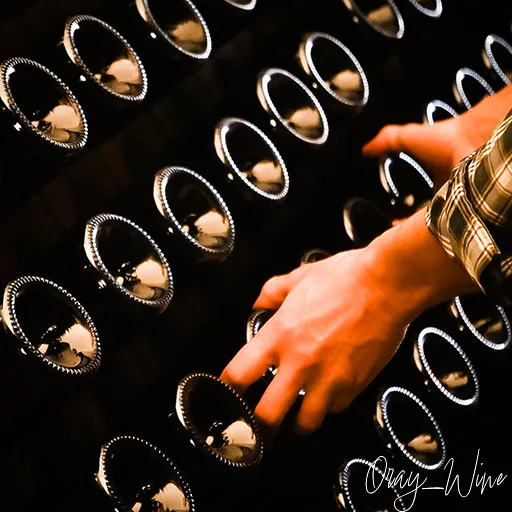
The riddling process consists of gradually rotating the bottles at regular intervals while placing the bottle gradually vertically. This helps the lees flocculate and move slowly to the neck of the bottle. Manual riddling can take up to eight weeks, while automated riddling usually takes three to four days.

‘Degorgement’

Thanks to the riddling process, the dead yeasts have now been collected at the neck of the bottle, right above the closure. The disgorgement (‘Degorgement’ in French) can now take place to remove these dead yeasts. This process used to be done solely by hand. However, it is often an automated process nowadays.
To help the removal process be reliable, consistent and to lose as little liquid as possible, the bottles are chilled to approximately 7 ̊C (45 ̊F). Then, the necks of the bottles are immersed in a bath of frozen brine. As a consequence, the yeast sediments are transformed into a frozen block. Finally, the bottle capsules are opened at the same time as the bottles are turned upright. Given the pressure, the frozen block of sediment is ejected under the pressure. The wine gushing is limited thanks to the cold temperature of the bottle and the sudden upright movement of the bottle.

‘Liqueur d’expedition’

It also helps to fill the bottle with a small quantity of wine to compensate for what has been lost during the disgorgement process.
Finally, it has to be noted that some producers like adding some sugar because it can encourage the development of classic post-disgorgement aromas. This is due to a process called the ‘Maillard reaction’ in which sugar reacts with compounds formed during the autolysis process (lees aging) to create roasted and toasted vanilla aromas.

Follow me on my Social Media
Wine is a gourmet treasure, do not abuse alcohol!
None of this content has been sponsored
I did not receive any gifts or free samples that could be related to this article
